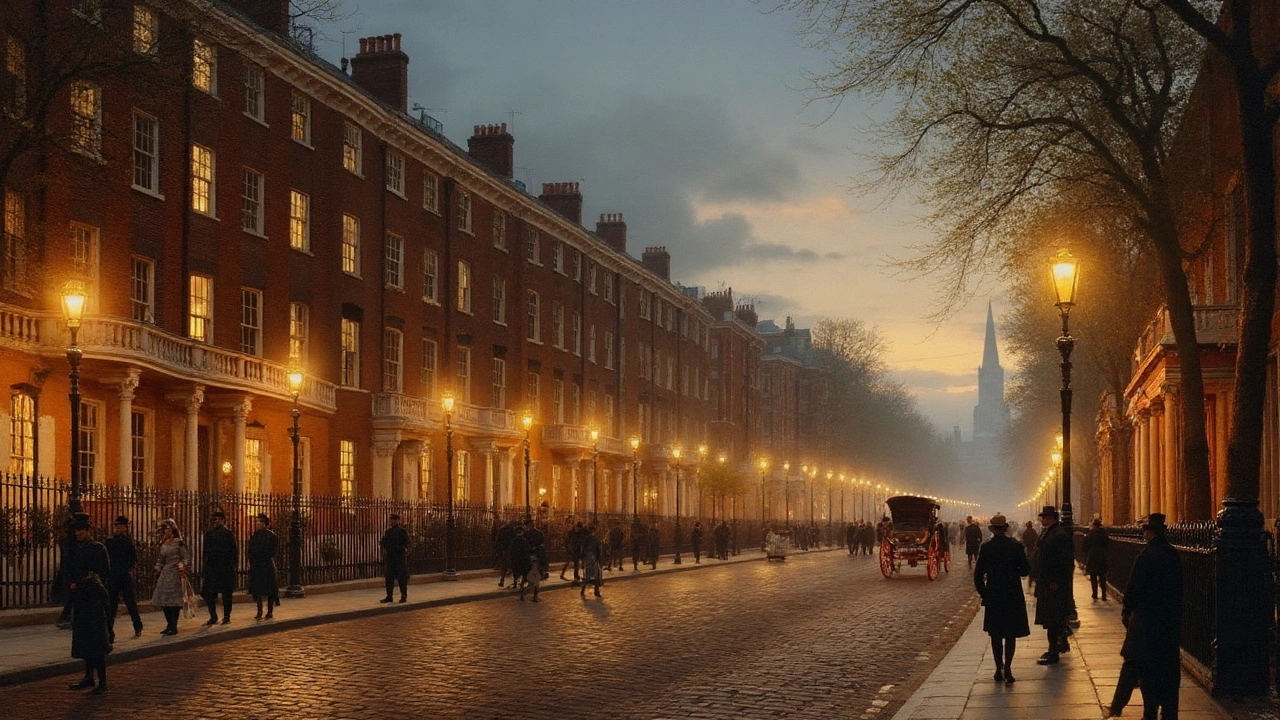Explore the defining features, iconic examples, and lasting influence of Georgian architecture, the elegant 18th‑century style that still shapes our cities.
British Architecture – A Quick Guide to the UK’s Building Styles
If you’ve ever walked past a red‑brick terrace in London or admired the stone arches of a cathedral in York, you’ve already seen British architecture at work. The UK offers a mix of old‑world charm and modern twists, and the good news is you don’t need a degree to understand what makes it special. Below you’ll find the main styles, the buildings that define them, and simple ways to spot them on your next city stroll.
Major Historical Periods
Georgian (1714‑1830): Think orderly brick facades, sash windows, and neat symmetry. Towns like Bath showcase the classic Georgian look with rows of uniform houses and decorative cornices. The style was all about balance and proportion, a direct response to the chaos of earlier medieval layouts.
Gothic Revival (mid‑19th century): This period brings back pointed arches, ribbed vaults, and intricate stone tracery. Look for it in churches such as the Palace of Westminster, where the dramatic vertical lines aim to inspire awe. The revival was a reaction to industrialization, using medieval motifs to convey moral strength.
Victorian (1837‑1901): A mix of styles packed into one era. You’ll find Italianate brackets, Queen Anne turrets, and even early hints of Art Nouveau. The Victorian love of ornament is visible in the ornate terracotta work of the Natural History Museum in London.
20th‑Century Modernism: After World War II, British architects embraced clean lines, concrete, and functional design. Buildings like the Barbican Centre showcase raw concrete and modular blocks, reflecting post‑war optimism and a need for affordable housing.
Spotting British Architecture Today
When you’re out and about, start with the material. Red brick and local stone dominate older neighborhoods, while glass and steel signal contemporary projects. Window style is another clue – sash windows usually mean Georgian or Victorian, whereas floor‑to‑ceiling glass panels point to modern work.
Rooflines also help. A steeply pitched roof covered in slate often belongs to a medieval church or a Tudor‑style house. Flat roofs with green roofs or solar panels are hallmarks of 21st‑century eco‑design.
Finally, pay attention to decorative details. Doric or Ionic columns, wreath motifs, and sculpted reliefs are all nods to classical influences that British architects borrowed throughout history. When you see these, you’re likely looking at a building that wanted to convey a sense of grandeur.
British architecture isn’t just a list of styles; it’s a story of how the country’s social, economic, and cultural shifts shaped the places we live and work. From the elegant streets of Edinburgh’s New Town to the bold steel frames of Manchester’s MediaCity, each building tells a piece of that story.
Use this guide as a cheat sheet the next time you explore a UK city. Spot the symmetry of a Georgian terrace, admire the soaring arches of a Gothic Revival church, or marvel at the clean lines of a modern office tower. With a little practice, you’ll start reading the built environment the way a local reads a map – instinctively and with confidence.
Ready to dive deeper? Check out our articles on specific styles like Georgian architecture, Gothic Revival, and modern British design for more detailed examples and photo tours. Happy exploring!

